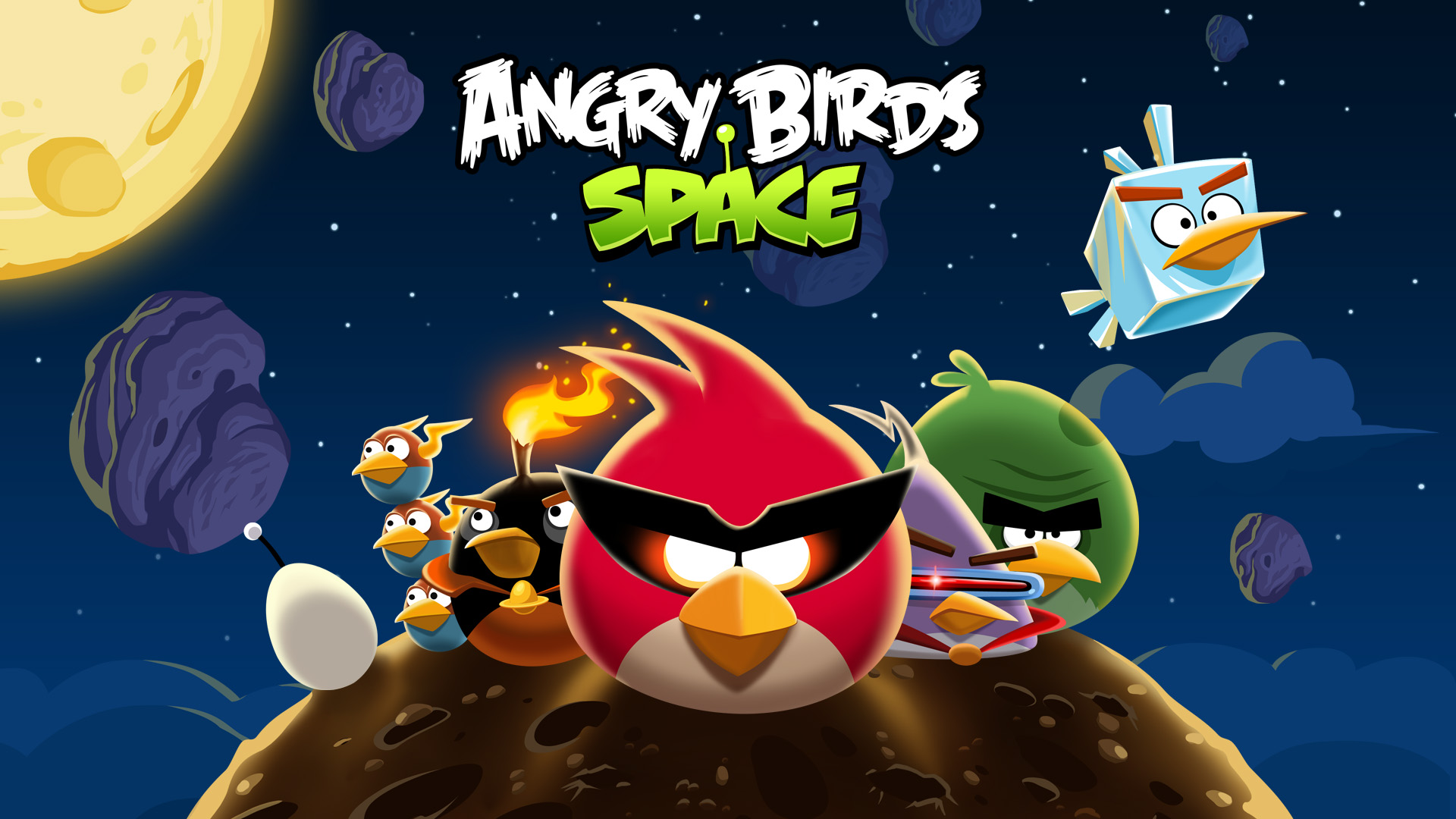
Google has released a number of Nexus branded "hero" smartphones in the past, but the new Google Nexus 7 is the first ever tablet to bear the Google Nexus name. Built by Asus, the Nexus 7 also has the distinction of being the first device to run the Android 4.1 "Jelly Bean" operating system.
While the Nexus 7 offers nothing to consumers that can't be found elsewhere - save for Jelly Bean - it offers a number of refinements to the Android tablet experience in terms of both software and hardware. And it does it all at a sub-$200 price point that is meant to dethrone Amazon's Kindle Fire as the reigning Android tablet of choice for consumers.
With specs like a quad-core processor and a 1280 x 800 pixel display, that seems possible and likely.
Hardware
From a hardware perspective, the Google Nexus 7 by Asus is not very different from existing Android tablets, like the Samsung Galaxy Tab 2 7.0. It measures 198.5mm x 120mm x 10.45mm (7.8in x 4.7in x .4in) in size, weighs 340g (12.0oz), and features a 7-inch ~IPS display that is protected by scratch-resistant glass.
Unlike most other 7-inch tablets, though, Google's low cost flagship tablet offers users a fairly dense 1280 x 800 pixel grid to gaze upon. It's not as sharp as an Apple Retina display, but it's very crisp indeed, and it is easy to view both indoors and outdoors alike.

The unit I reviewed is the limited edition Google I/O 2012 version that features a white back cover that is dimpled like a golf ball. The normal retail version features a backplate that matches the front's dark color; it also receives a metallic band around its edge. Both versions run the same quad-core NVIDIA Tegra 3 processor and 1GB of RAM, but the I/O version is limited to 8GB of internal storage while the retail version can be had in 8 or 16GB configurations, for $199 or $249 respectively. There is no ~microSD expansion slot, so Google is expecting Nexus 7 users to make good use of its cloud-based Google Play services.
Google and Asus decided to leave out a rear-facing camera on the Nexus 7, instead opting for a lone forward-facing 1.2 megapixel camera for use in video chats. A micro-USB port on the bottom edge of the tablet is used for charging and PC cable access, and it sits next to a 3.5mm headphone jack.
The only other hardware features on the Nexus 7 are the power/standby key and the volume rocker, both of which are located on the upper right hand edge of the tablet.
The main Android back, home, and task switcher controls are provided entirely on-screen, just as they have been by default since Android 3.0 Honeycomb. It makes for a very clean design, and the texture of the rear panel makes it a comfortable design to hold. Add to that a rock solid build and you have a real winner - save for that lack of microSD expansion.
Usability
From a usability perspective, the most interesting aspect of the Google Nexus 7 and its Android 4.1 Jelly Bean operating system is that everything on this tablet works much more like an Android smartphone than other Android tablets. The notification area has been moved up to the top of the screen, the main app tray button is found on the bottom of the screen, surrounded by shortcuts that are available from every home screen. On the 7-inch Nexus 7, at least, the device operates only in portrait mode when on the home screen, whereas most previous Android tablets where expected to be used primarily in landscape mode.
All of those changes make the device much more user friendly in my opinion. The exception, of course, being the fact that the home screen is locked into portrait mode. That makes things awkward when using an app in landscape mode, since you have to physically rotate the device when you jump back to home. I see no obvious rationale for this design decision.

Otherwise, the Jelly Bean OS on the Nexus 7 feels by and large like an over-sized smartphone - think Samsung Galaxy Note on growth hormones. I was never a fan of the Honeycomb user experience, and feel that this more unified experience between tablets and smartphones is a good thing. I'm just not sure I'll still think that when I finally get around to using a 10-inch Jelly Bean tablet...
Other changes to the notification area can be found on phones and tablets alike. For example, there are no longer Honeycomb style configuration buttons for things like display brightness and Wi-Fi. All that is left is the link to the general Settings app and a screen rotation lock.
But what we gain is a new set of notification features. New style notifications can be expanded with a two-finger swipe to reveal more information, and some notifications can even include on-screen buttons for direct actions. The "call" and "message" buttons for missed calls are a perfect example.
Google Now is Google's response to Apple's Siri - of sorts. It can respond to voice queries and will, depending on the request, respond with a "card" of data and, potentially, some very well-crafted artificial speech, or with standard Google search results. The system will also try to figure you out, offering cards based on what it perceives to be your needs. For example, it will show you the time at home when it thinks you are traveling, and it will warn you of traffic issues for what it believes to be your morning and evening commutes, even going so far as to warn you when extra travel time is required to make appointments.
It's all kinda cool, but does not seem to work all that well for me, at least.

The home screen's widget system has received a bit of an overhaul. Unneeded widgets can now be tossed off of the display, obviating the need to drag them to the trash can icon. When moving widgets from home screen panel to panel, existing widgets will attempt to reorganize themselves to make room, and the widget being dropped on a new panel will reduce its own size, if possible, to make itself fit. It's a smooth process.
In fact, smooth is a good way to describe the Nexus 7 in general. Google claims to have spent a great deal of time increasing the frame rate of animations and user interactions on Android 4.1, and it shows. Everything moves more fluidly, and the Tegra 3 processor proves itself to be both cool-running and fast in the Nexus 7.






























